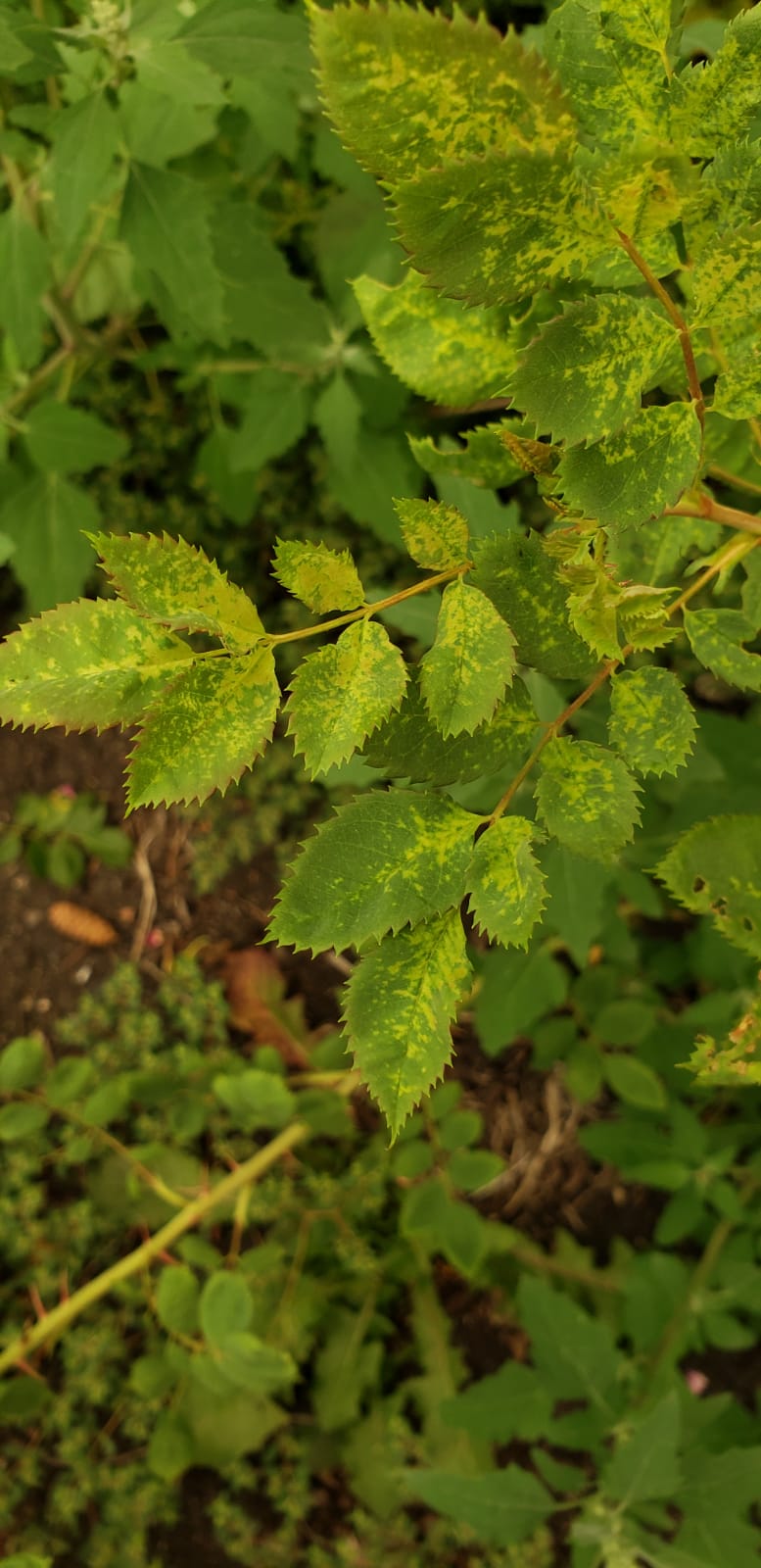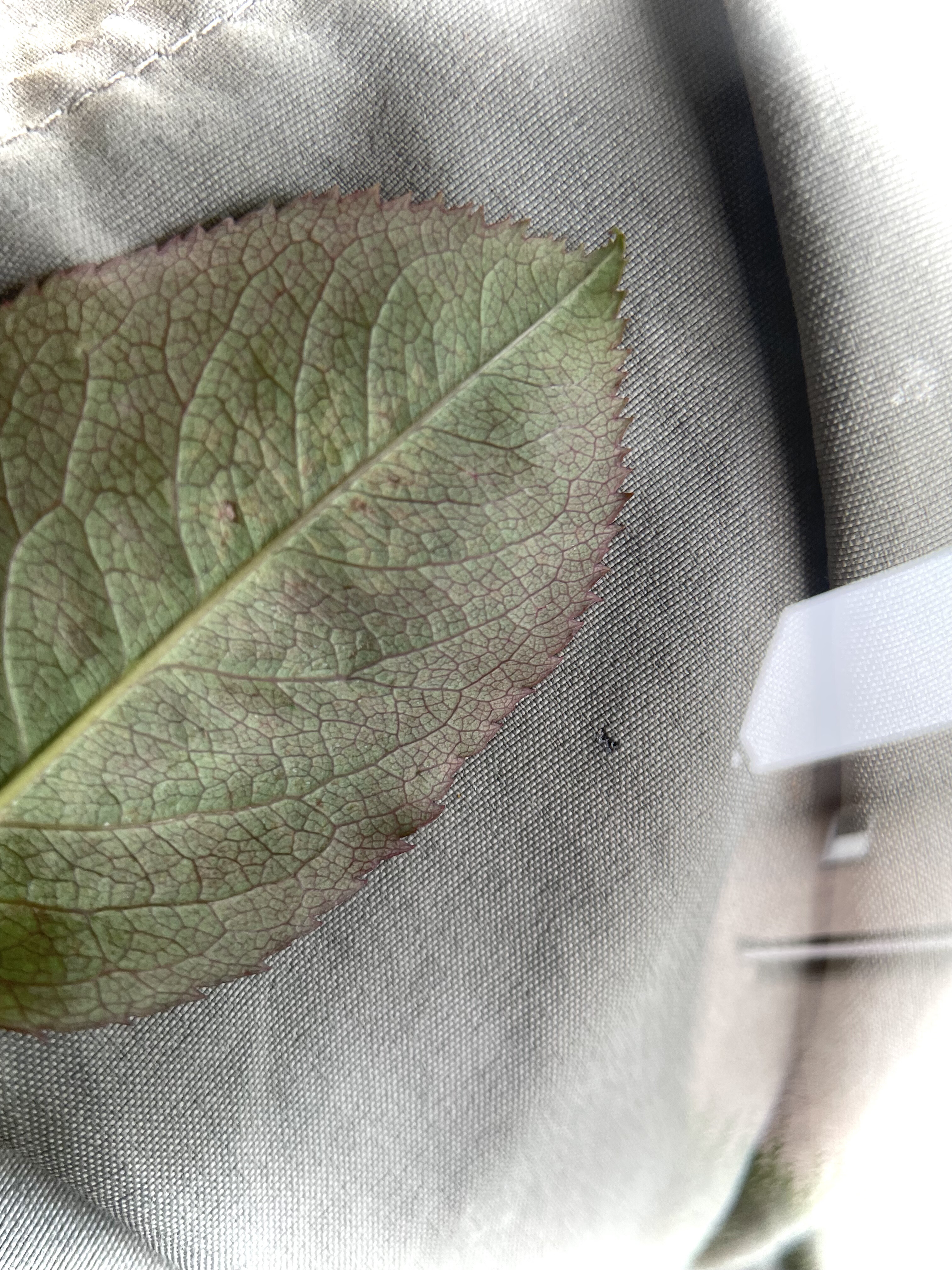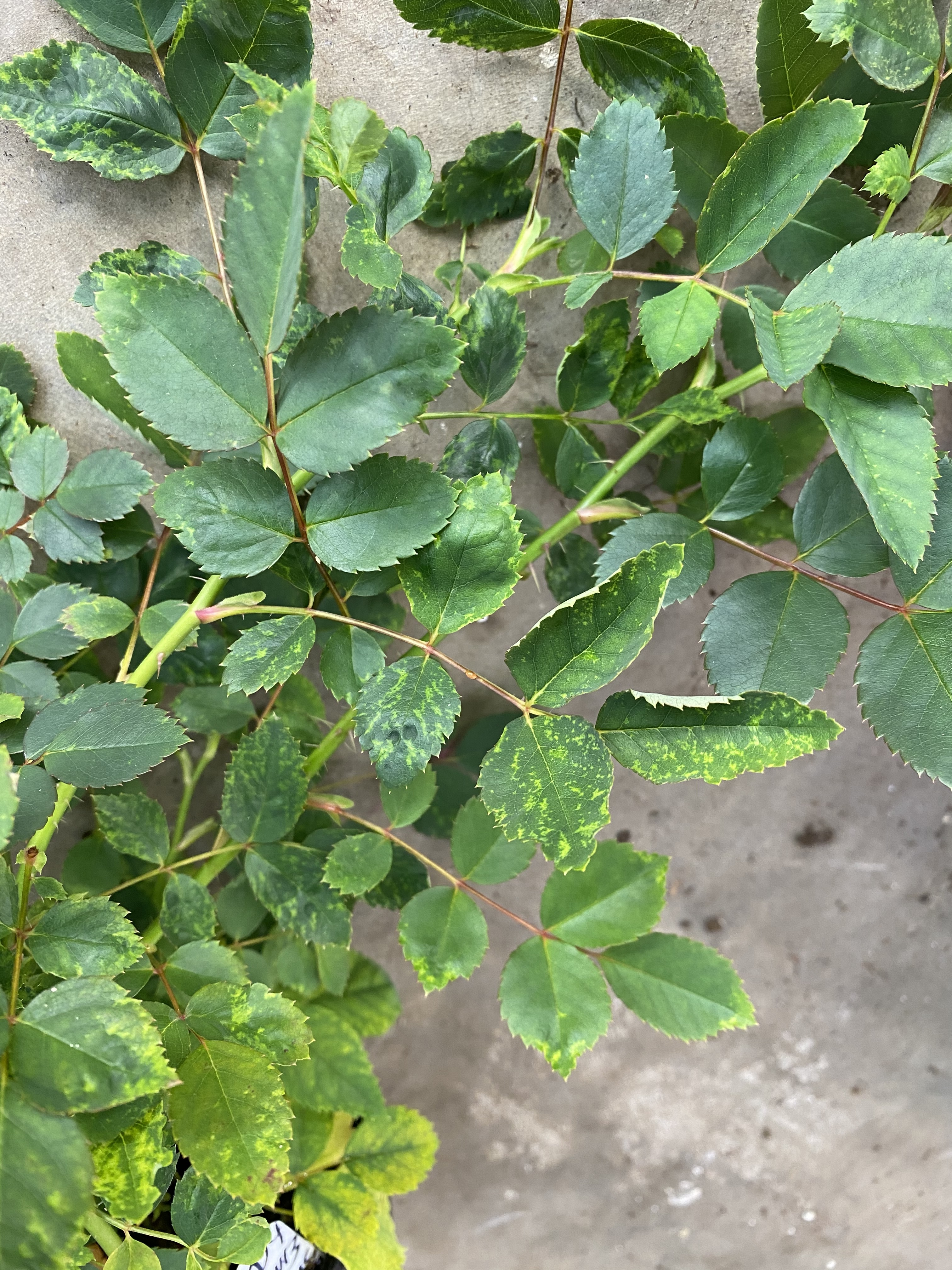Hi Fellow Rose Breeders,
We are burning up here on the Eastern Prairies. we haven’t had rain for weeks.
I am noticing a sharp rise in the number of my rose seedlings coming down with RMV,
There is not much published on RMV.
chuckp
Hi Fellow Rose Breeders,
We are burning up here on the Eastern Prairies. we haven’t had rain for weeks.
I am noticing a sharp rise in the number of my rose seedlings coming down with RMV,
There is not much published on RMV.
chuckp
I thought the RMV infection vector was a mite, or already infected rose, cloned from infected bud wood. Good luck on trouble shooting. Interesting observation that yours may be passed on from a parent(s) into the resulting seedling - if it is not post germination infection by the mite.
Perhaps Henry, or Ann is familiar with your observations.
Oops got my rose diseases mixed together … the mite is the vector for RRD. You don’t have that one …. TG.
As far as I have ever read, RMV is transmitted MOSTLY through asexual reproduction. Perhaps David Zelsak or Malcolm Manners can shed more light? Charles, do you have photos of the suspected symptoms?
What temperature zone are you in?
Hi Kim, I have been digging up all my seedlings showing these steaks.

Are you sure you don’t have spider mites, thrips or other sucking insects? The spider mites here are LEGION and there are no webs. Check for them under magnification before dumping another seedling.
Maybe a blind lead l offer, but to my eyes have milder version of pattern on various rose types in my gardens. Two hot provinces to west of you. I tend to drench with overhead water irrigation whirlies in morning for half hour.
Under leaf, no visible mite but some minor leaf perforation and associated discoloring … in main zone. Photos via magnifying glass.
Winnipeg Parks leaf … the rose that got me going.
Because commercially available and not noticeable in pan view of garden , l am not sweating it. Your story different however. If they were my seedlings l would not be dumping - there hard enough to get. Try a hospital quarantine bed till diagnosis for culled ones.


Do all of the seedlings that exhibited the yellow blotches have a common parent?
I struggle sometimes too with seedlings that look a bit odd and like they may have a virus. Here is a photo of a seedling that grew really awkwardly and then eventually grew out of the strange yellowing and lack of expansion of impacted leaves. This plant was growing under lights in the basement and its siblings looked normal right next to it. A colleague was willing to check symptomatic leaves for viruses using high throughput sequencing, but nothing came up. There are other seedlings that show these symptoms too. There are a limited number of polyanthas that tend to have similar symptoms and have somewhat of a shared background.
Darn, the photo isn’t attaching properly. I’ll have to try again later.
Here’s a photo of the seedling tested with HTS and nothing viral was identified.

It’s remarkable what sucking insects can produce, isn’t it?